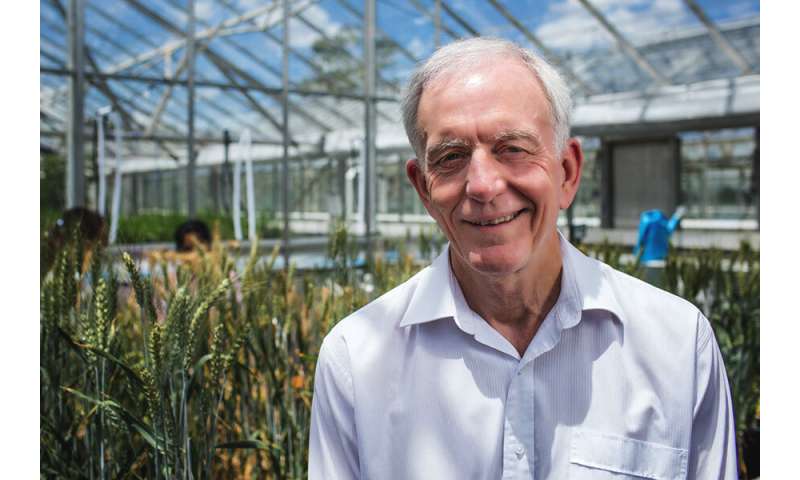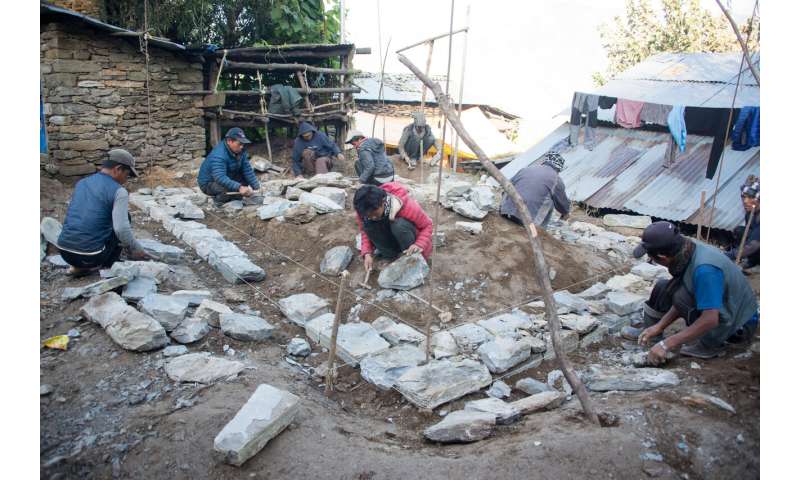French forest fire consumes home, forces evacuations

A wildfire fanned by soaring temperatures tore through a pine forest in southwestern France on Thursday, burning down at least one house and forcing dozens to flee their homes.
"At the end of my street the flames were approaching the homes and they were very strong—we all jumped in our cars," a resident of the coastal Anglet municipality near tourism hotspot Biarritz told AFP.
Around 100 firefighters and two water bombers tried to beat back the fire, which consumed one home and around 40 hectares (100 acres) of the Chiberta forest by 10:30pm, the local prefecture said.
"We evacuated all the residences on both sides of the fire," Angelet mayor Claude Olive told AFP.
A young woman evacuated from her boyfriend's apartment said everything was fine at 8 pm.
"Then at 8.30 pm we were told 'Everyone come out! The tide has turned'," she recalled in tears.
"I had the flames 10 metres (33 feet) away!" said a resident who lives on the edge of the forest, adding that "usually there is never stong wind here".
Strong winds and thunderstorms were forecast for overnight.
The southwest of France experienced particularly hot weather on Thursday, with the nearby town of Saint-Jean-de-Luz setting its new temperature record of 41.9 degrees Celsius (107 Fahrenheit).









